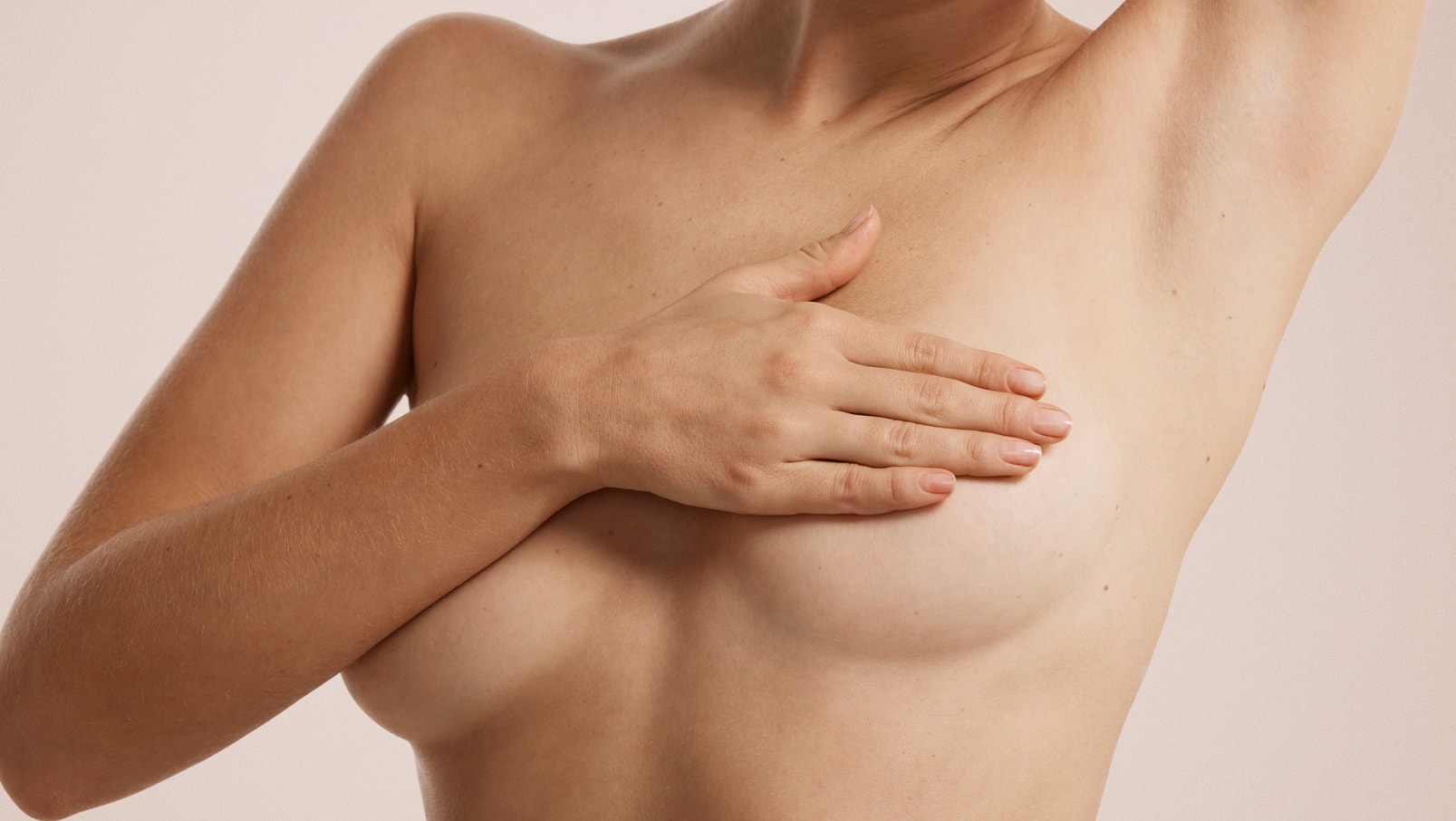
Tissue flap reconstruction is an effective technique for breast reconstruction. It is usually done in patients who have lost their breasts due to cancer. The procedure involves harvesting tissue from another part of the body and transferring it to the breast area in order to reconstruct the breast that was removed by mastectomy as part of the cancer treatment.
The tissues used for reconstruction are taken from four main areas: the abdomen, back, buttocks, and inner thighs. The abdomen is the most common site for harvesting tissues followed by the back and the buttocks. The tissue can be transplanted either as a free tissue flap or a pedicle flap depending on which tissues are used. Pedicle flaps are kept attached to the body, usually by blood vessels. Free flaps are completely separated from the body before the tissue is moved. For example, tissue from the thighs or buttocks must be transferred as a free flap while the back or abdominal tissues can be transferred as a free or pedicle flap.
Most breast reconstruction procedures are done in two stages. The first stage of the operation is done at the time of the mastectomy. After the patient’s breasts are removed, the reconstructive surgeon starts the process. The second stage follows three to four months later. The surgeon will perform revisions to improve the symmetry and complete the reconstruction. It is a much smaller operation than the first one, taking care of some touch-ups and minor adjustments.
A free flap means that the tissue will be cut entirely from its source. A pedicle flap has a portion still attached to the original site. In a pedicle flap, the original blood supply of the tissue stays intact. All of the blood and nutrients that the tissue needs to survive on its new site still comes from the blood vessels that have been supplying it from the beginning. In a free flap, the original blood vessels of the tissue are severed completely. The flap is completely disconnected from the body before transplanting it into a new site. A new blood supply is established when the blood vessels of the free flap are connected with the blood vessels at the new site.
Both flaps can produce similar results but the success rate tends to be slightly higher with pedicle flaps. The pedicle flap has a lower chance of loss because of the blood supply that is left intact. However pedicle flaps have an increased rate of other problems and in some cases require sacrificing muscle. Free flaps may not be recommended for patients that have clotting problems because of the high tendency to form clots within the newly connected blood vessels. If the blood flow is lost, the tissue will die.
The area from which a flap tissue comes from depends on which area has the most extra fat and skin, and the desires of the patient. Adequate amounts of fat are important so the surgeon will enough tissue to recreate a new breast. Usually, the abdominal area satisfies such requirements. The DIEP flap is an example of a free flap that spares the muscles and uses only the skin and fats from the abdominal wall. DIEP stands for Deep Inferior Epigastric Perforator flap. With a DIEP flap, complications such as weakness of the abdomen and/or hernias are prevented. A DIEP flap is a free flap. After the abdominal tissue is transplanted, the donor site is repaired similar to an abdominoplasty, aka tummy tuck. It can be utilized for most patients and have a better than 99% success rate when performed by an experienced plastic surgeon.
Patients should first and foremost have an understanding of the procedure. They should know beforehand what they will go through and be comfortable with it. Patients who are obese may sometimes be required to lose a couple of pounds before surgery. The plastic surgeon can assist in helping the patient select the correct procedure.
The recovery period is about four to six weeks. During the first six weeks, the patient is advised not to lift more than 10 pounds and avoid vigorous exercises. They must take it easy to allow the body to heal and gain strength. Overexertion can cause damage to the surgical area leading to complications later on. While recovering, patients are advised to walk or move because it helps with circulation and prevents blood clots from forming.
The great thing about tissue reconstruction is that once the surgery is done, the results last a lifetime. Patients usually do not need to come back to get things fixed or replaced unlike reconstruction procedures using implants. Implants wear out over time and will need to be replaced, sometimes more than once in a patient’s lifetime
Breast reconstruction through a tissue flap transfer is a permanent solution for patients who want to regain their breasts. It is the closest thing to having normal breasts, and with the DIEP flap it provides a “tummy tuck” as well. Patients should do research about their plastic surgeon and choose one with the proper credentials and experience to perform the procedure.
Written by Cosmetic Town Editorial Team- AA
Based on an exclusive interviewwith Dr. Gary Arishita in San Antonio, TX